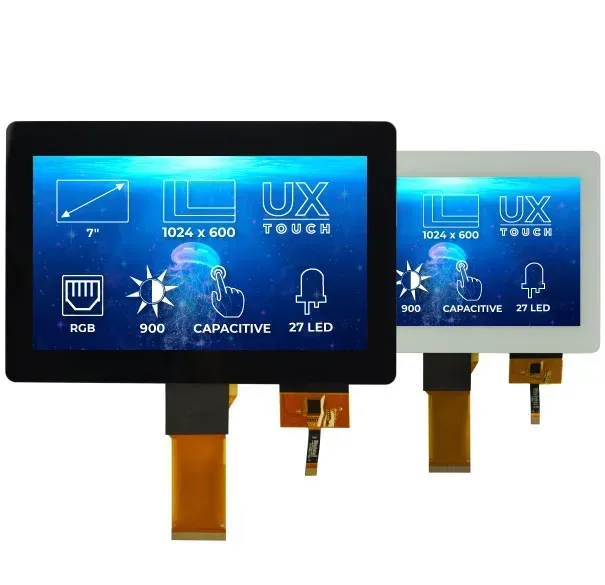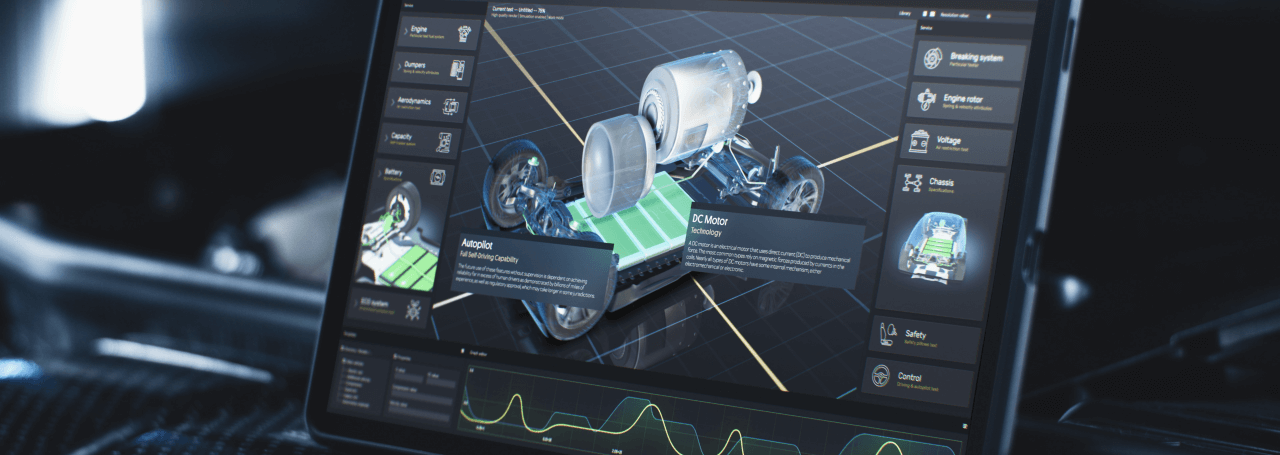One of the basic parameters of the display is its brightness. Today we’re going to learn why it’s important and what it determines.
Luminance, brightness, nits and cd/m2
Let’s start with the elemental concepts, such as the Candela (from Latin candela, meaning candle). It is the basic unit of the SI system of the light source’s light, marked as cd.
This is the light that shines in a specific direction the source emitting monochromatic radiation with a specific frequency and energy.
Luminance then is a physical conception, photometric quantity that is a measure of the intensity of light falling in a given direction. It describes the amount of light that passes or is emitted by a specific surface and falls within a given solid angle.
This is a measure of the visual impression that receives the eye from the shining surface. The unit of luminance in the SI system is candela per square meter (cd / m²),
The other unit of Luminance is nit (nt), and in the CGS – stilb system (that is exactly the same as cd/m2).
The luminance of the standard Riverdi modules
The table of Riverdi modules and its luminance below:
| size | type | luminance [cd/m2] |
| 3.5″ high-brightness & high-resolution series | no touch module | 1000 |
| module with PCAP | 850 (optical bonding) 800 (air bonding) | |
| 4.3″ high-brightness & high-resolution series | no touch module | 1000 |
| module with PCAP | 850 (optical bonding) 800 (air bonding) | |
| 5.0″ high-brightness & high-resolution series | no touch module | 1000 |
| module with PCAP | 850 (optical bonding) 800 (air bonding) | |
| 7.0″ high-brightness & high-resolution series | no touch module | 1000 |
| module with PCAP | 850 (optical bonding) 800 (air bonding) | |
| 10.0″ high-brightness & high-resolution series | no touch module | 1000 |
| module with PCAP | 850 (optical bonding) 800 (air bonding) |
Please notice that the brightness of the module is not conditioned by the interface, the presence of the control board or the frame. That means that the 5.0″ RGB LCD with capacitive touch panel has the same brightness as the Riverdi IoT displays.
Applications for high-brightness solutions
Now we know some of the basics, but let’s answer the question – why do we need the specific (high or low) brightness of the module?
First, we go over the budget of the project. As brightness is one of the factors that affect the price, this means that lower luminance equals a lower price.
Secondly, we need to consider the application where we are about to use the module. Is the high-brightness important, or can the display function with less brightness? Moreover, is the module about to work in the direct sunlight circumstances?
In the end, it’s all about reasonable managing of the project requirements. If you require a customizes solution, and you need our advice on the matter, please Contact us.
Riverdi High-Brightness RGB and LVDS displays
Our new line of RGB and LVDS displays are high-brightness, 7’’ displays with a 1024x600px resolution. The 10″ come with 1280×800 px resolution. There are also 3.5″, 4.3″, 5″ sizes available. Each one features a backlight of 27 white LEDs.
So they are the perfect high-brightness option for your next projects.
You can choose between different versions. If you want a metal mounting frame, a decorative cover glass, or no frame at all. You can choose between a capacitive touchscreen or no touchscreen.
DISCOVER OUR
Whitepaper
Achieve the perfect user-display interaction with the right Touch Sensor IC. Ever faced issues with phantom touch events or certification? Boost your R&D like a pro with our Whitepaper!




